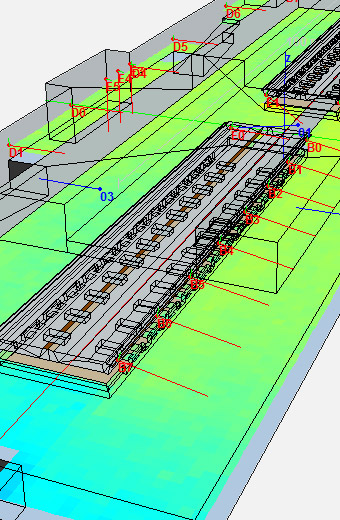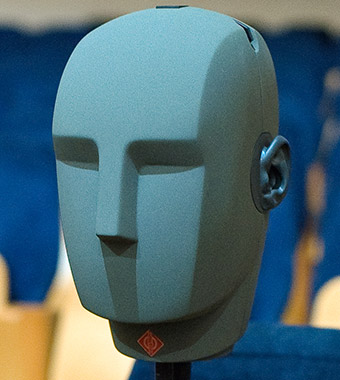Improving Speech Intelligibility by Minimizing Reverberation
Imagine a reverberant cave with two people trying to talk to each other at a certain distance. Speech intelligibility is not great, as the occurring speech is permanently being acoustically covered (‘masked’) by reflected sound energy (‘reverberation’) off all surfaces, therefore making it difficult to follow a conversation.
From intuition, it is clear how to improve speech intelligibility within this setup – speaking slowly and getting closer to each other will certainly help, but also filling the cave with many bags of sand would clearly be an advantage, as it minimizes reflections off the surrounding surfaces.
This very same effect is true for modern remote collaboration setups – instead of sand bags we might use aesthetically pleasing absorbers in the format of ceiling or wall mounted panels – but the principle of limiting the reflections off surfaces is the correct approach (assuming that nobody wants to ta-a-h-h-l-k slo-o-o-w-ly-y). While this certainly optimizes the situation for the local meeting room, the effect for the remote meeting room is even more significant, as the echo cancelling process can be undertaken much more accurate and distortion-less if the reverberation is decreased.

Improving Speech Intelligibility by using Directivity Controlled Loudspeakers
Within the same cave, a different approach could also be used to improve speech intelligibility: forming a funnel with your hands – and therefore limiting the sound energy hitting any surfaces.
This approach finds its technological equivalent in directivity controlled loudspeakers – loudspeakers that project sound energy in a narrow beam only.
Effective directional control can be achieved by various approaches, three of these are:
- i. Employing horns to direct the sound – this strategy has been used since many years. Physical horn-shaped boundaries are applied to the loudspeaker’s sound radiating section therefore concentrating the sound energy on the axis of the horn. As the horn structure must be of similar dimension as the wavelength radiated, horns for low frequencies tend to get very large (up to a couple of meters long and wide).
- ii. Employing line array loudspeaker systems – this approach is about 20 years old. Directionality is achieved by stacking loudspeakers in a vertical line close together (relative to the wavelength) – this apprach is used in the second case study (please see video below).
- iii. Employing digitally directivity controlled loudspeakers – this method is achieved by again stacking loudspeakers in a vertical line close together (relative to the wavelength), in addition each individual loudspeaker is fed a specifically filtered and time-delayed audio signal, hence tilting the acoustic axis of the array.
Watch the Case Study – KKL LUZERN CONCERT HALL Video – 8 mins.

